Malpai is a Spanish word that means "Badlands" and has been adopted by a region that covers southeastern Arizona and southwestern New Mexico. The Malpai Borderlands Group is a consortium of ranchers, conservationists, and state and federal agencies that have come together to best manage the environment and ranching industry of the region.
The Nature Conservancy previously purchased and donated a parcel of land in the region that became the San Bernadino Wildlife Refuge. In the early 1990s, a spectacular piece of land, The Gray Ranch, became available for purchase and The Nature Conservancy rallied the funds to purchase it. It is a phenomenal nearly 350,000 acre ranch that encompasses the entire Animas Mountain Range. Unsure of what to do with it, The Nature Conservancy ended up selling it to a local rancher with ties to the Anheuser-Busch family. Now called the Diamond A Ranch, the transaction was a surprise to many and became the first step of the Nature Conservancy and ranchers working together for conservation. The Nature Conservancy has stayed active in the region and assists the Malpai Borderlands Group in management.
I spent several weeks in the Malpai, staying with legendary rancher Warner Glenn at his ranch just a few miles from the border. It is a remarkable landscape, storied with the legends of Geronimo, Pancho Villa, and others. Drug trafficking and human smuggling is active in the region now and the US Border Patrol maintains a large presence in the region. Our story focused on the unique politics and management of the Malpai and celebrated The Nature Conservancy's history here. Once again, TNC's photo editor and design team did a phenomenal job of working with the piece from start to finish to create a compelling layout. The story can be read online here.






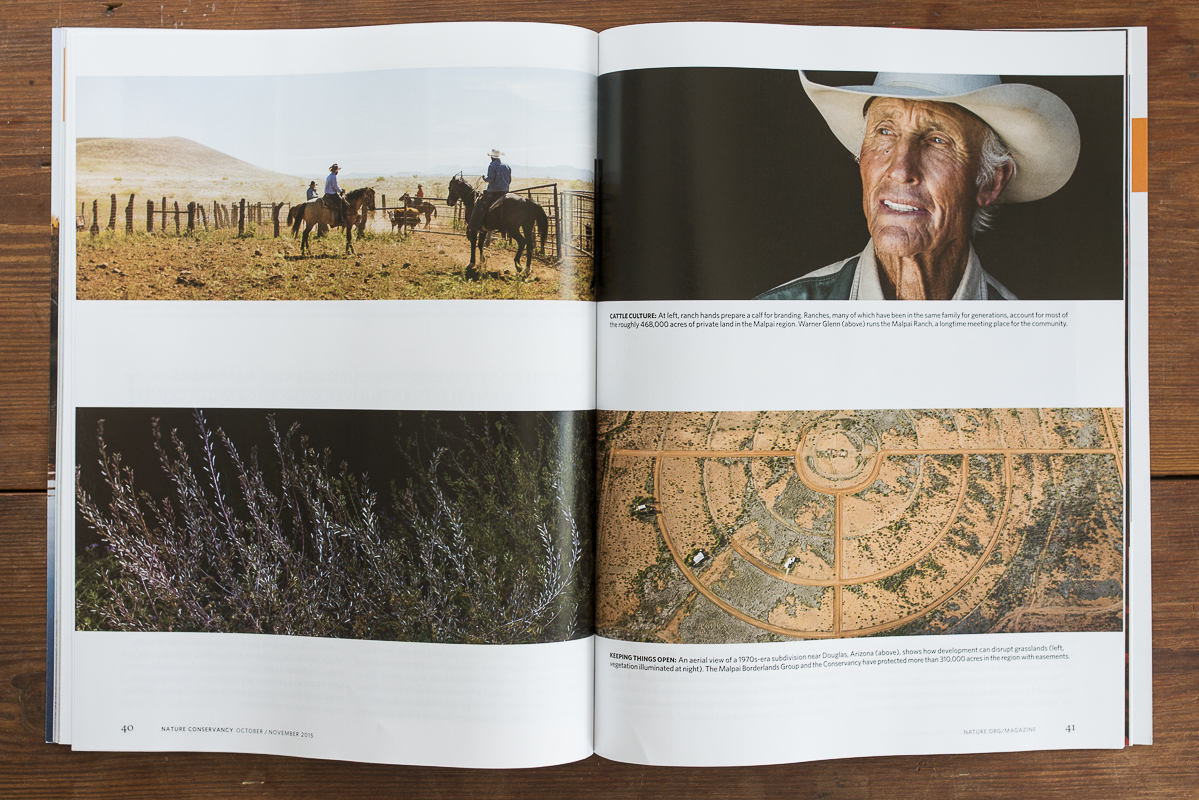
















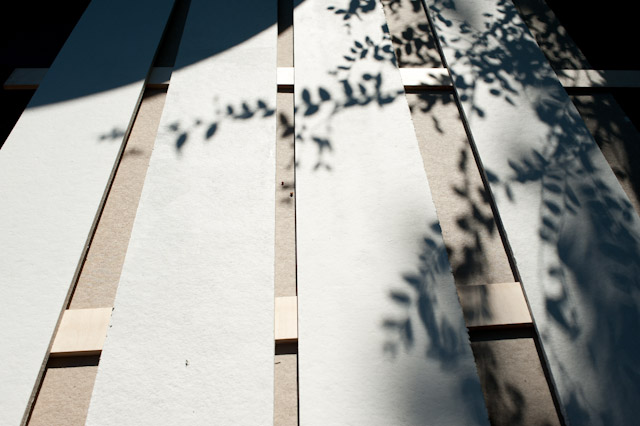
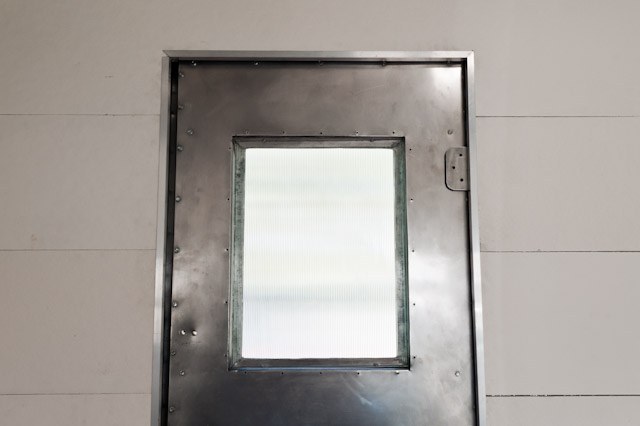
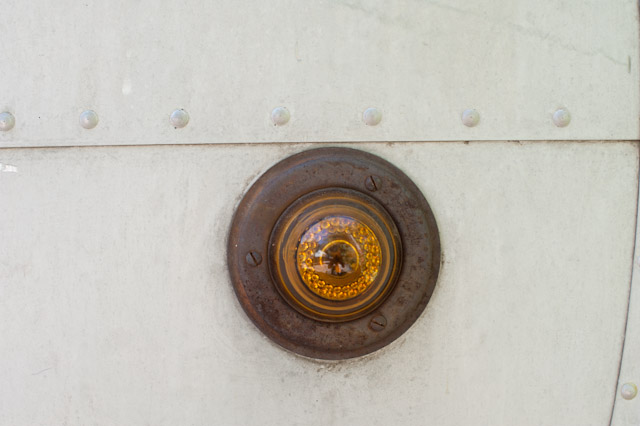
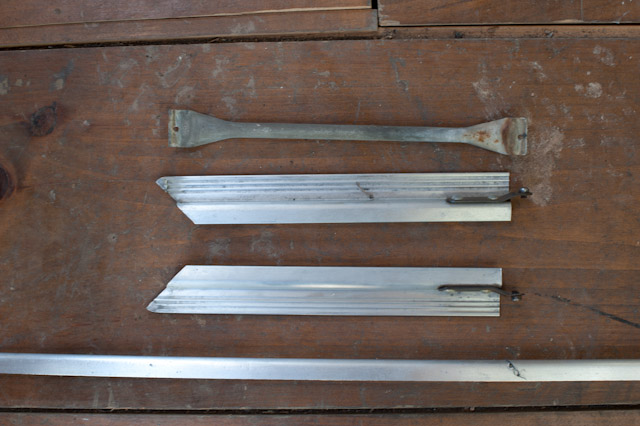
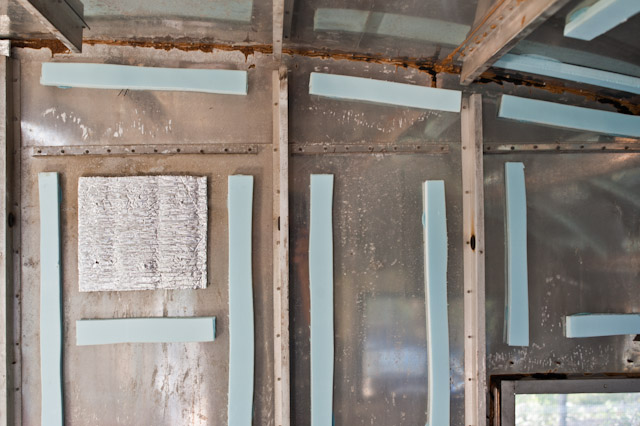
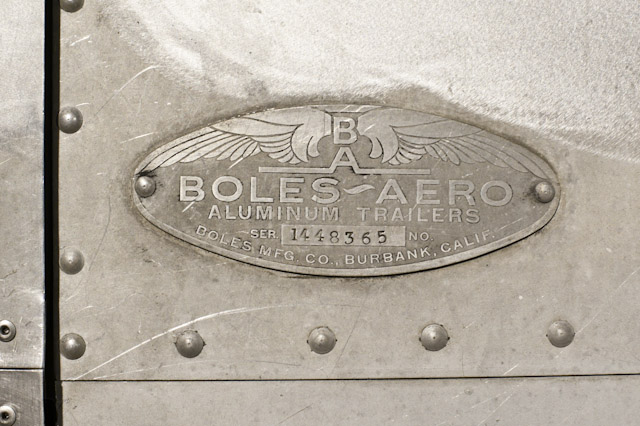
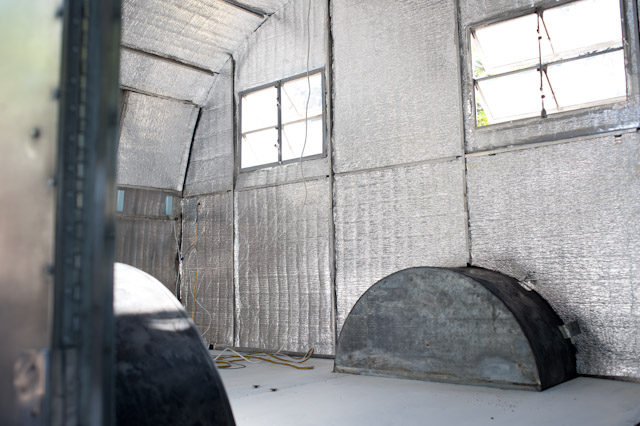
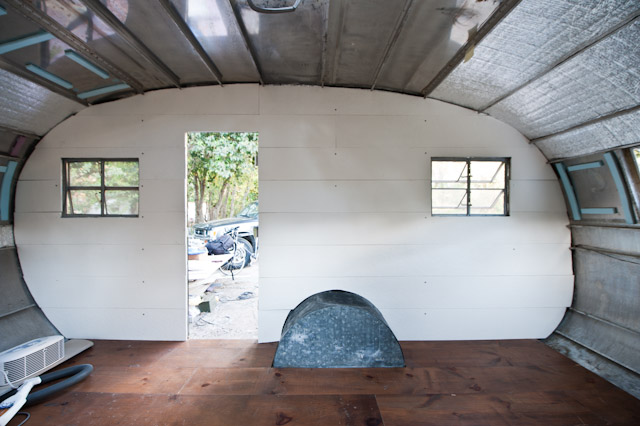

 I recently arrived back in Austin after being on the road for 6 weeks initiated by a weeklong assignment in the Grand Canyon for
I recently arrived back in Austin after being on the road for 6 weeks initiated by a weeklong assignment in the Grand Canyon for 


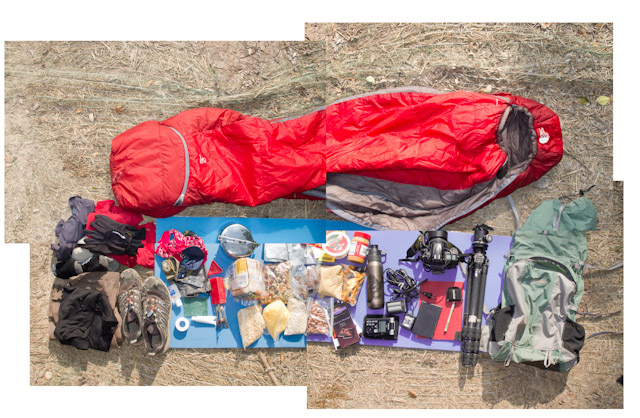 I'm heading out on an extended self-supported nightwalk this week. It will be my first extended venture through an urban environment in this manner. I'm packing food for 4-5 days, camera equipment and sleeping bag/pad. I will NOT be taking a phone, wallet, or money. I'm intent on keeping my pack size down so that I will be able to move lightly across terrain. I've fully appropriated a method of walking in the wilderness for experiencing and creating the images in the nightwalks series.
I'm heading out on an extended self-supported nightwalk this week. It will be my first extended venture through an urban environment in this manner. I'm packing food for 4-5 days, camera equipment and sleeping bag/pad. I will NOT be taking a phone, wallet, or money. I'm intent on keeping my pack size down so that I will be able to move lightly across terrain. I've fully appropriated a method of walking in the wilderness for experiencing and creating the images in the nightwalks series.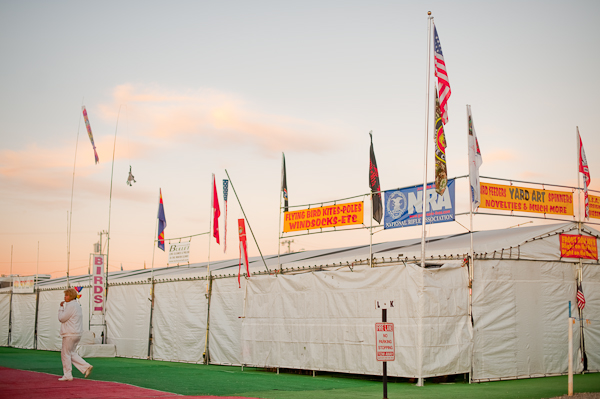
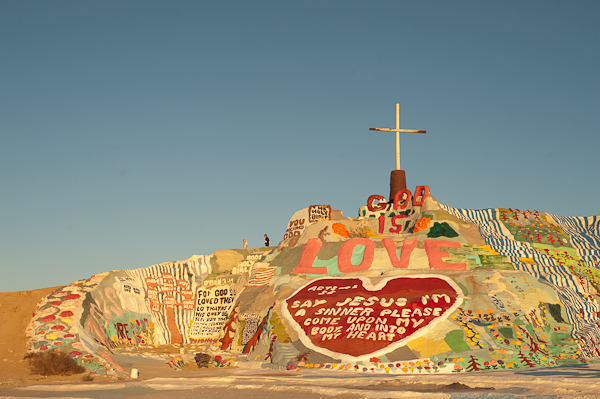
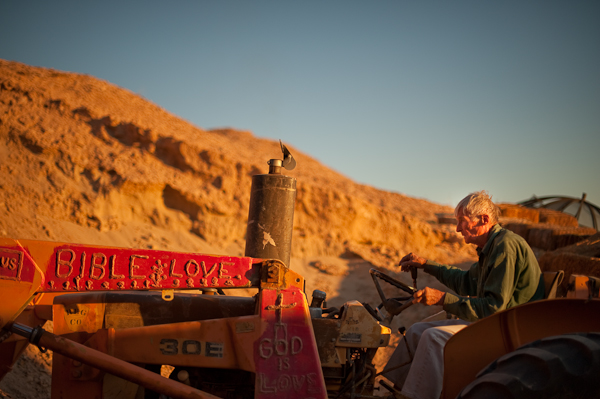
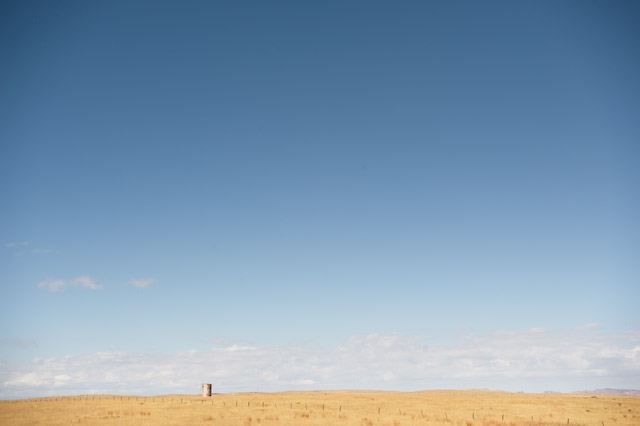
 Capitol Peak is one of the most difficult of Colorado's fourteeners to climb (as far as standard routes). The only non-technical route, the Northeast Ridge, requires crossing the famously exposed "Knife Edge," the northeast ridge of Capitol.
Capitol Peak is one of the most difficult of Colorado's fourteeners to climb (as far as standard routes). The only non-technical route, the Northeast Ridge, requires crossing the famously exposed "Knife Edge," the northeast ridge of Capitol.